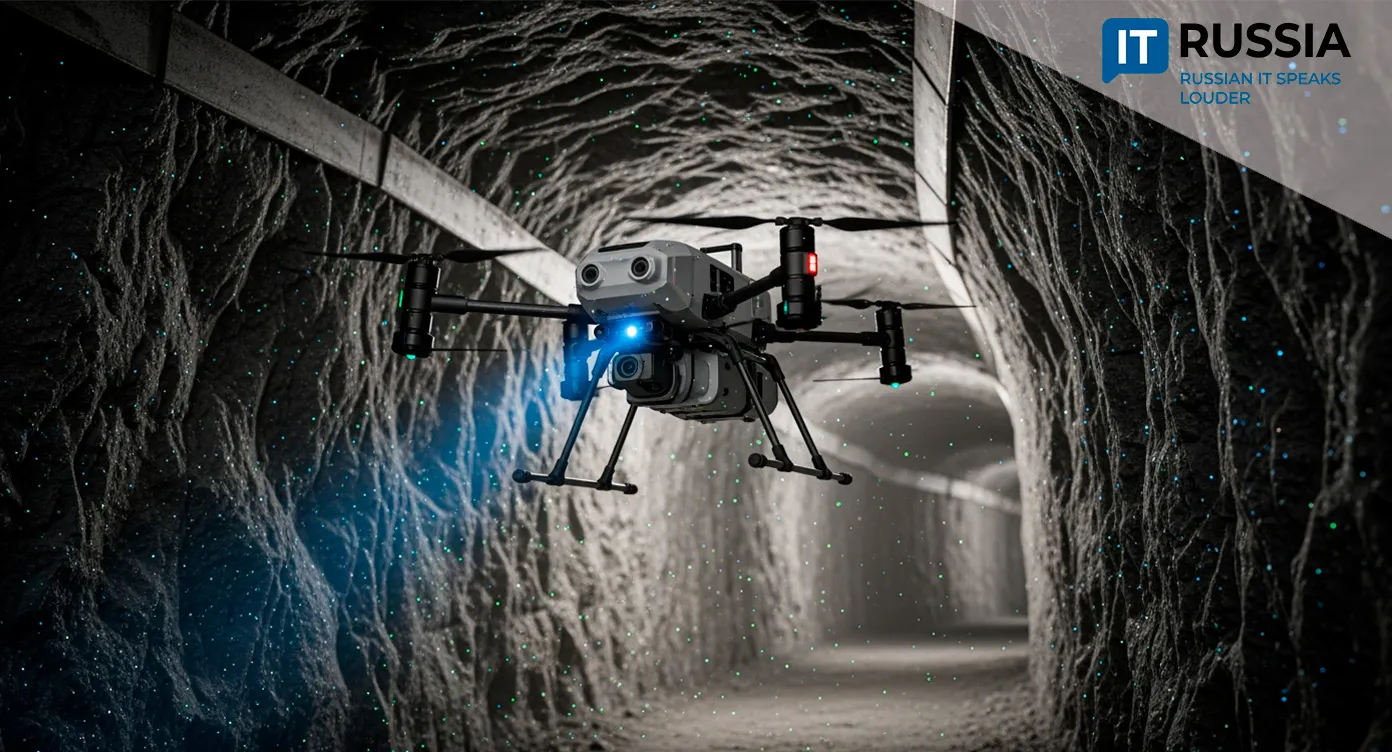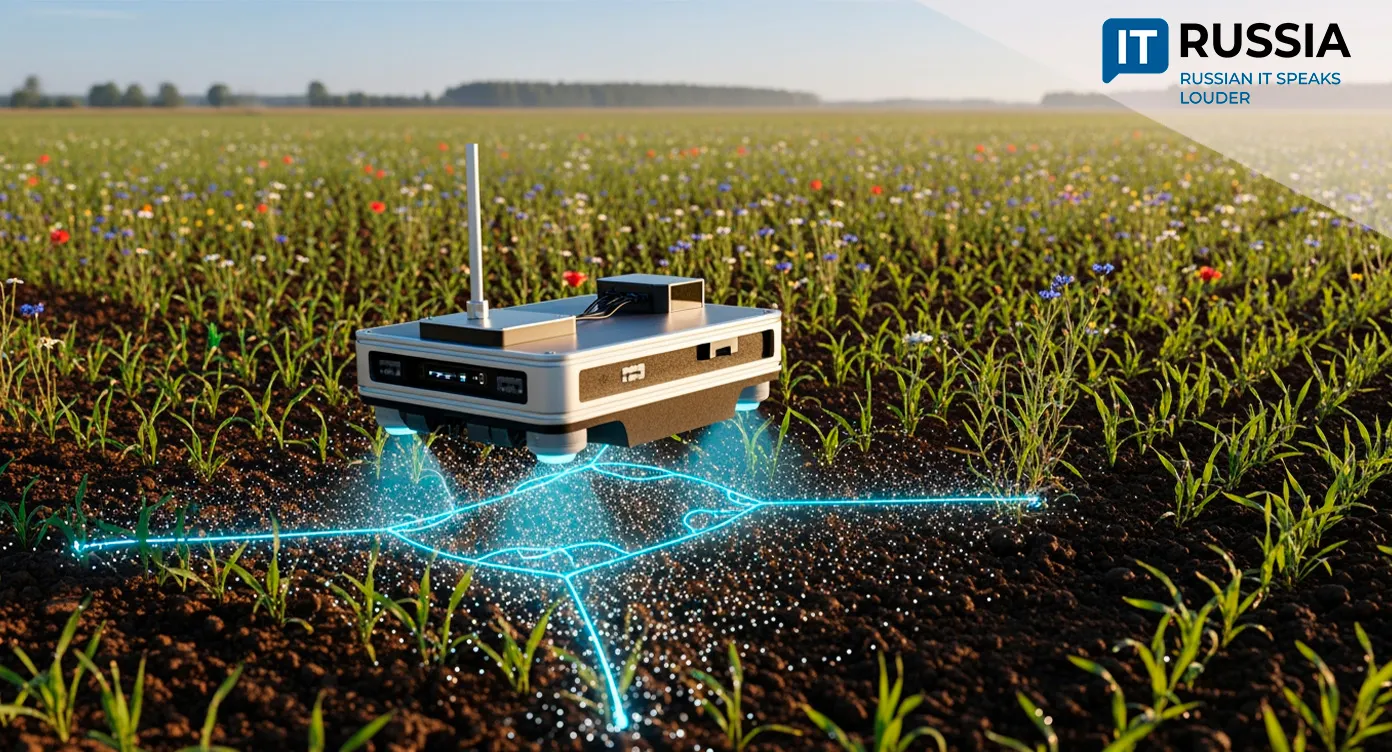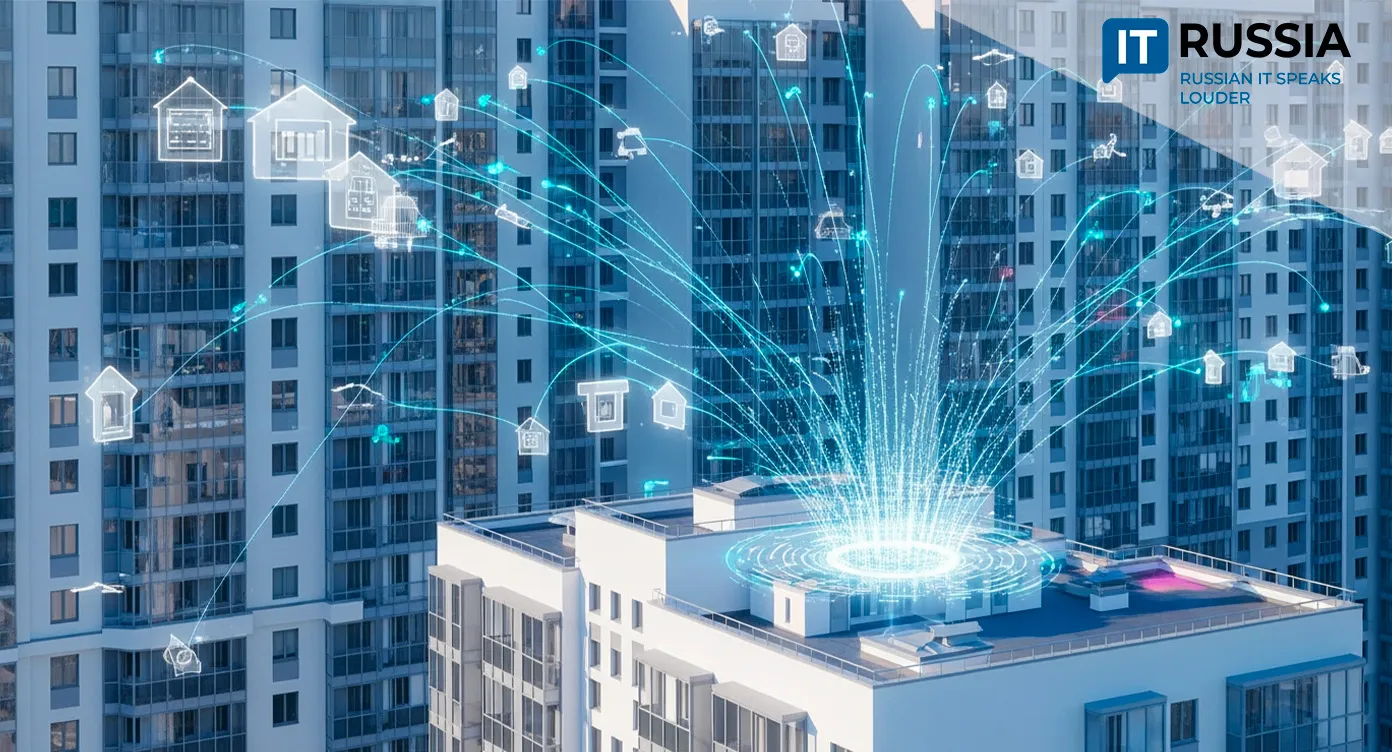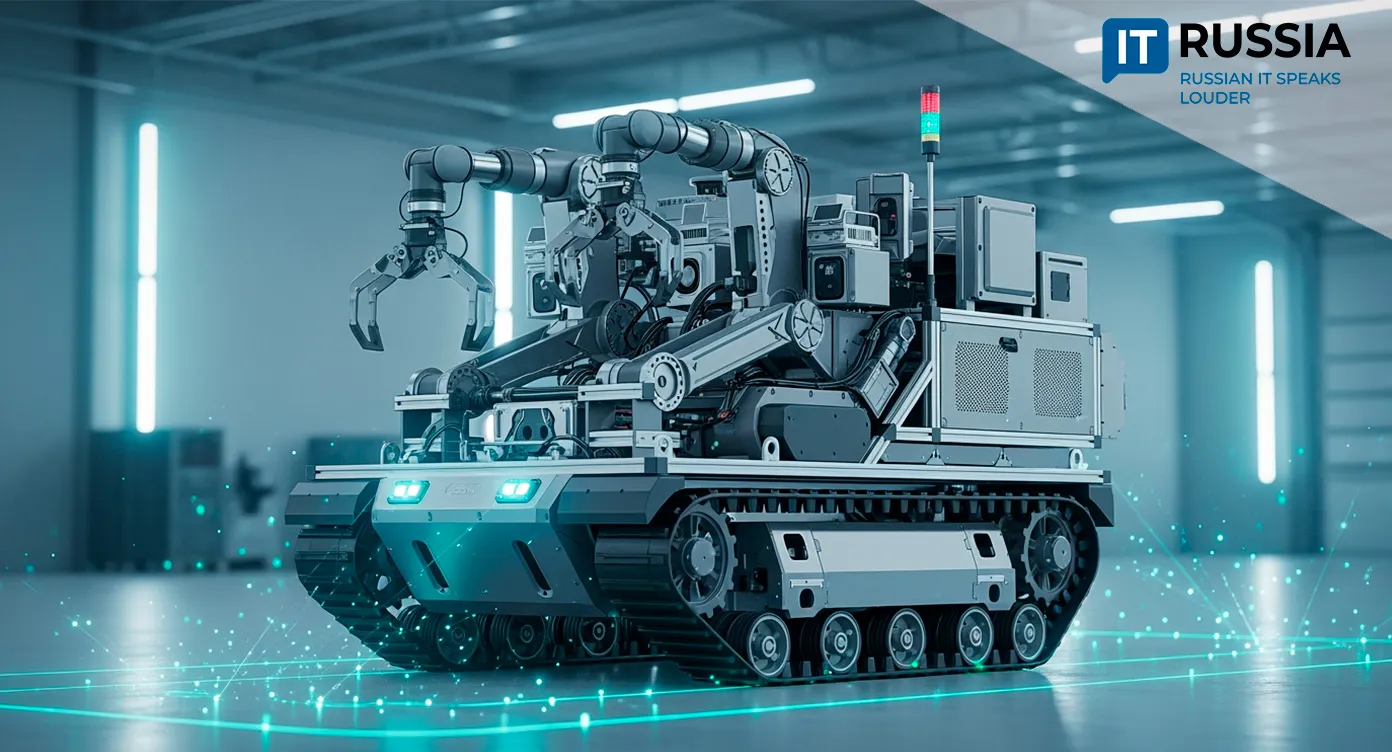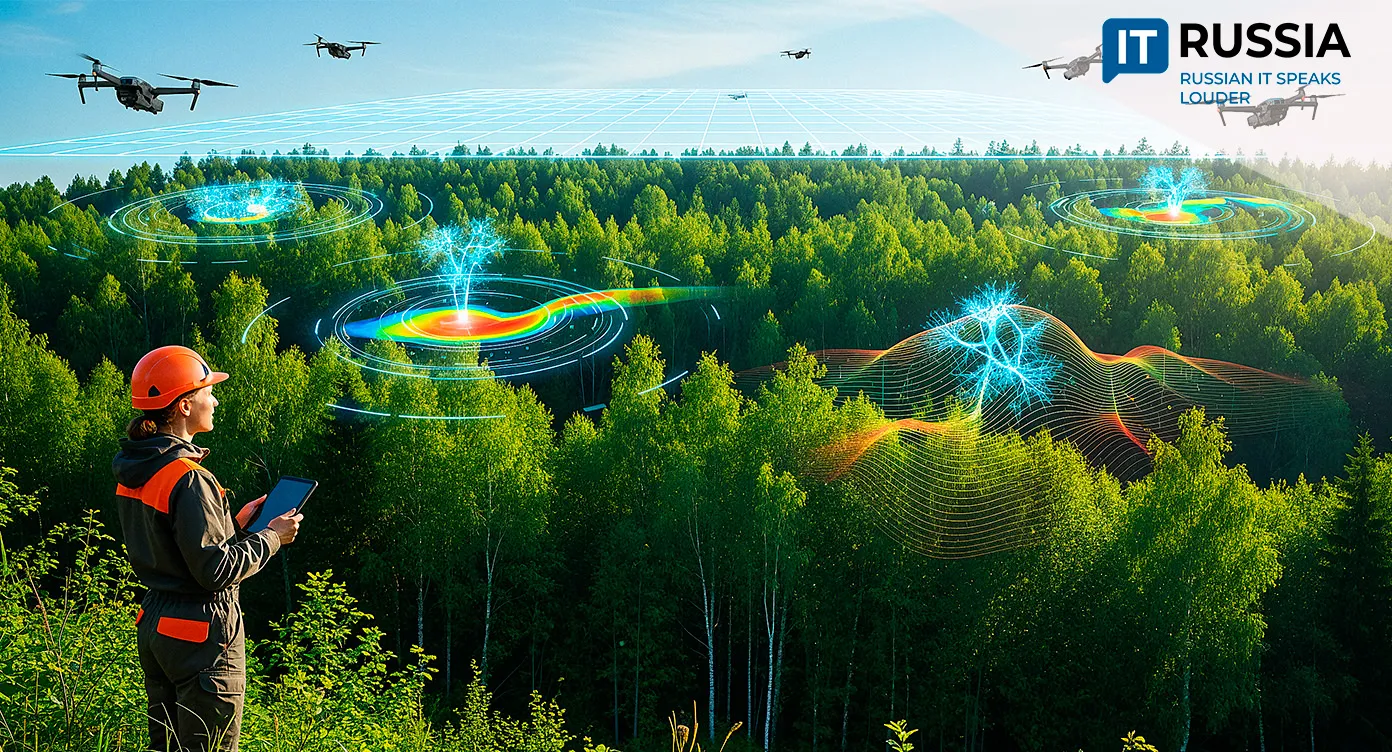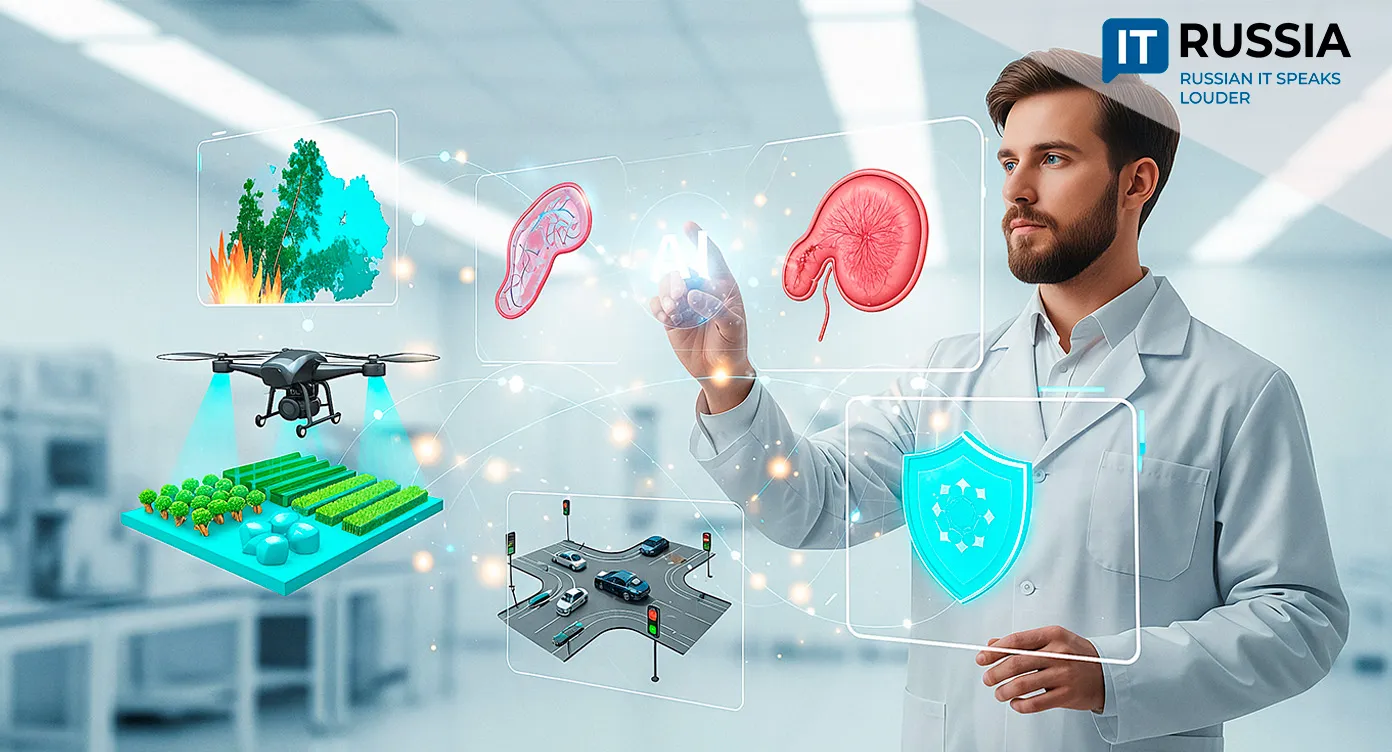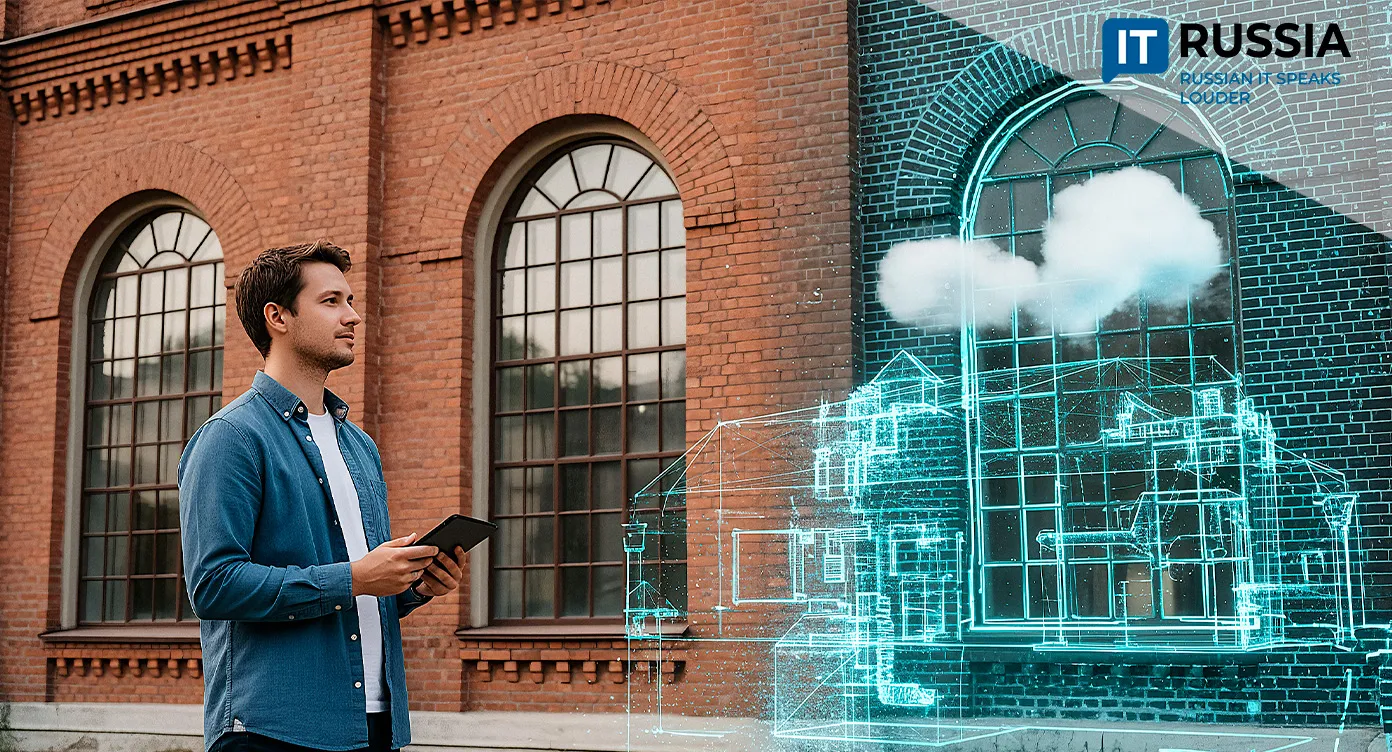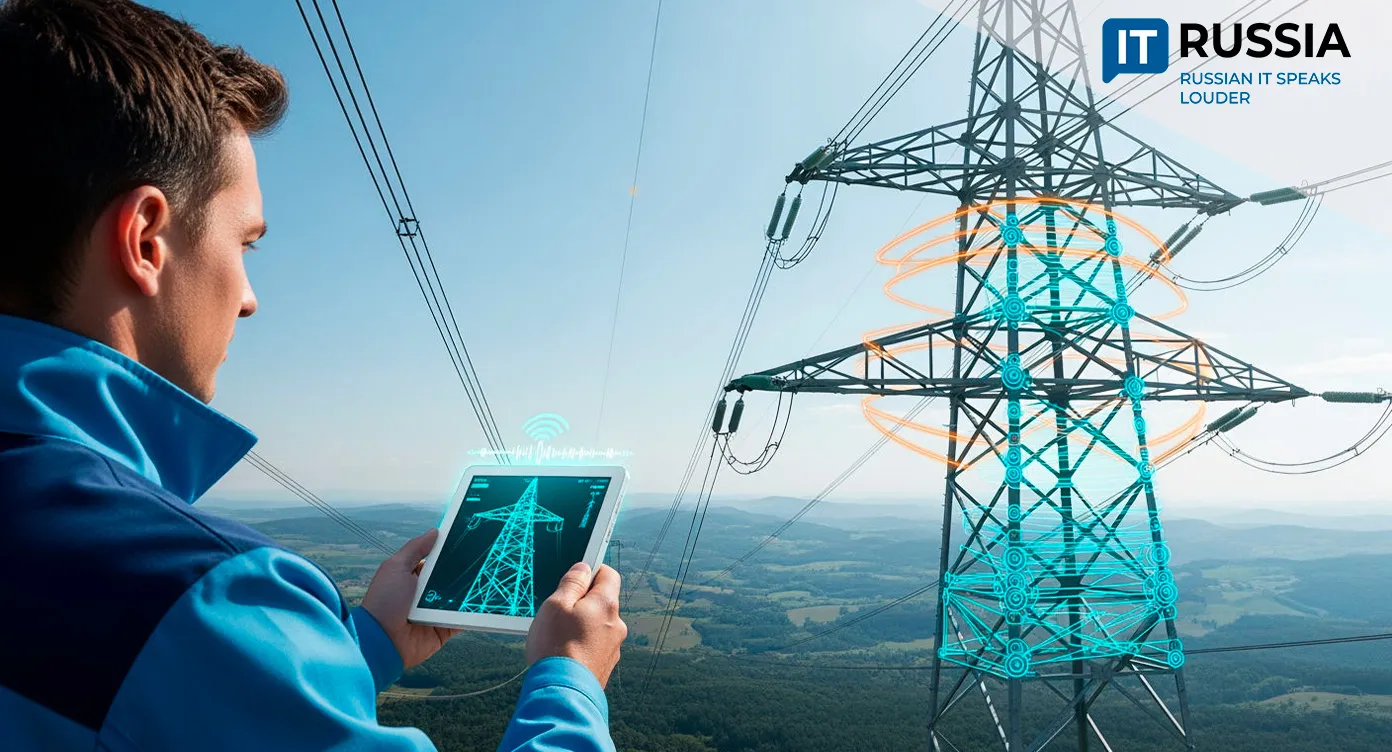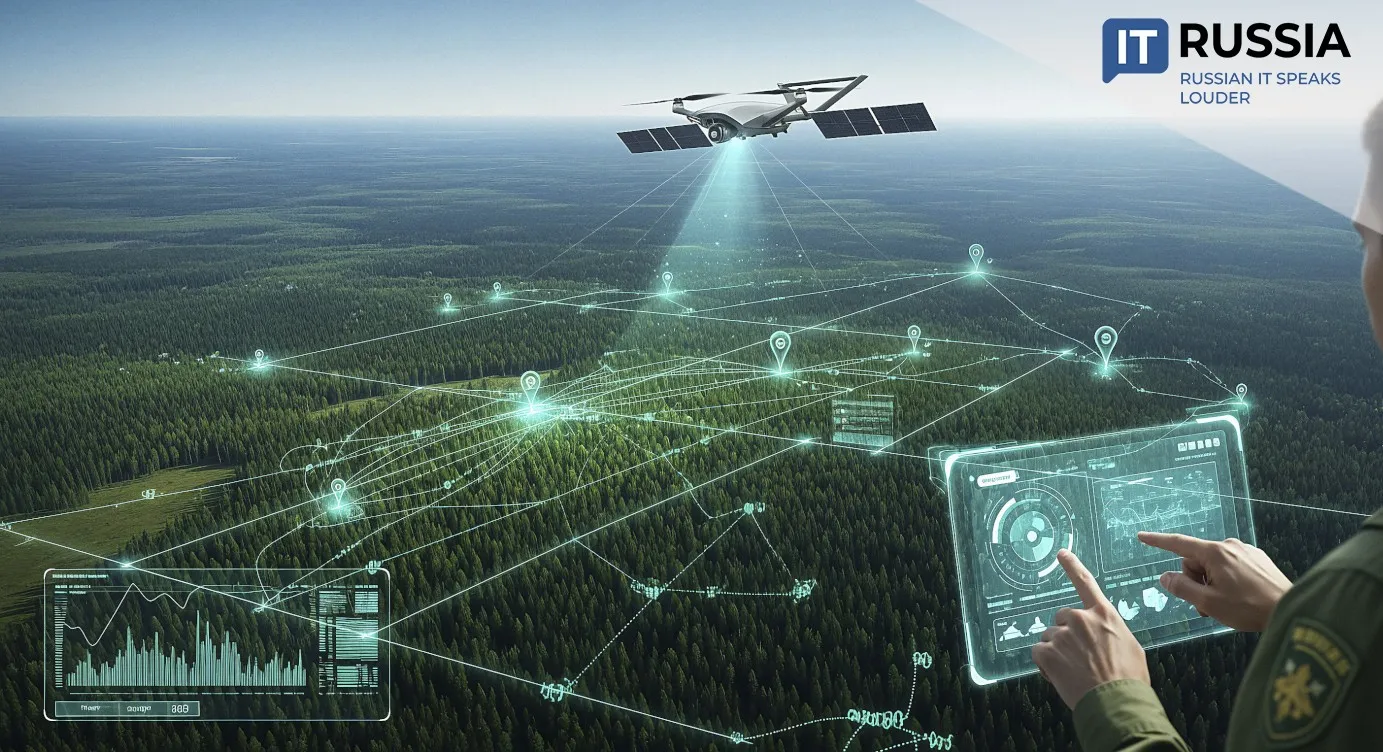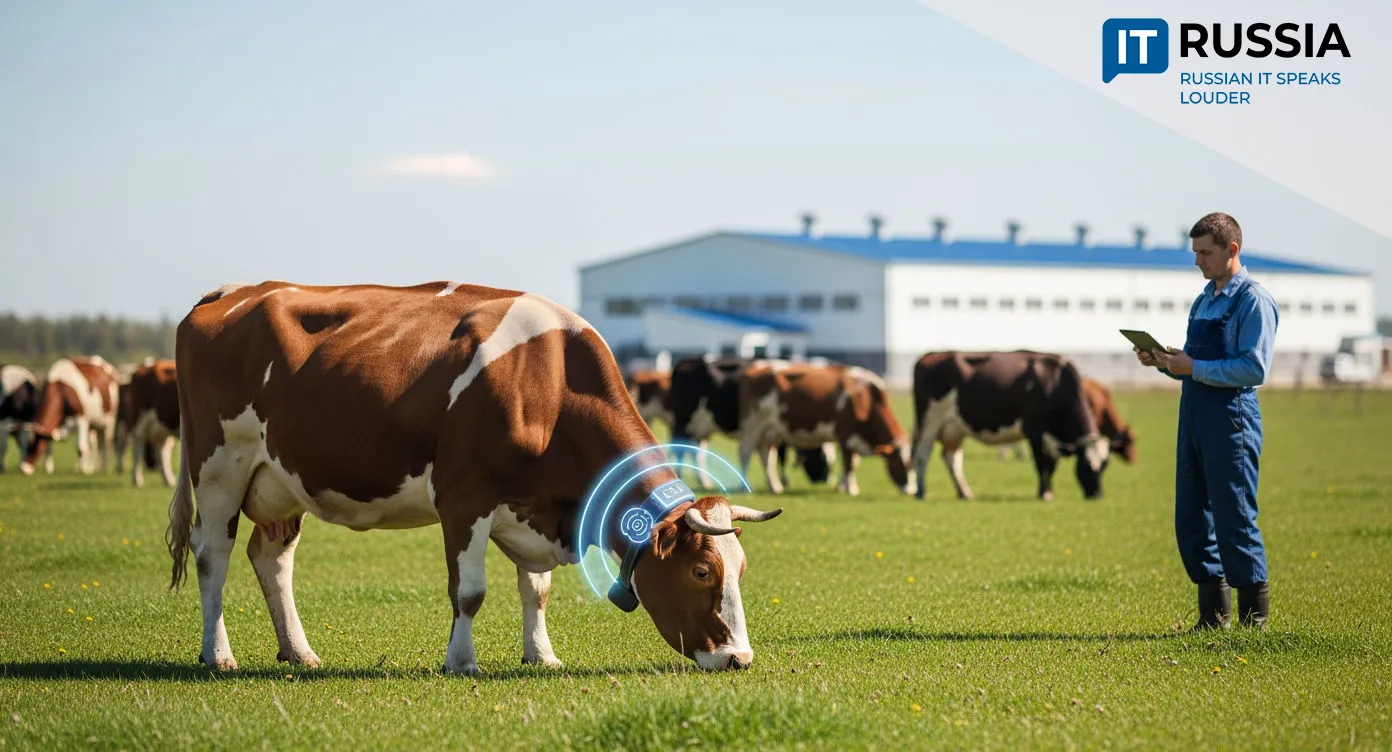Russia Deploys Homegrown Ag Robots Across Its Vast Farmlands

As labor shortages and food security concerns grow worldwide, Russia is turning to robotics and artificial intelligence to transform its agriculture industry—starting with its iconic black soils.
At the heart of this transformation is a national effort to automate farm operations using locally developed technology. The payoff: higher crop yields, improved quality, and lower production costs, all driven by data and autonomy.
Showcasing a New Generation of Ag Robots
From May 27 to 29, southern Russia’s Krasnodar region—home to some of the country's most fertile land—hosted the “Golden Niva” agro-industrial expo. It was a showcase of cutting-edge Russian ag-tech, where autonomous machines stole the spotlight.
Highlights included:
· AI-guided drones capable of spraying 20 hectares in under 15 minutes—equipped to apply fertilizers or eliminate pests;
· Autonomous tractors, combines, and spreaders using autopilot technology;
· Hybrid-powered unmanned mini-tractors—hailed by local producers as a "revolution in the field."
These technologies were presented not only to Russian buyers, but also to international stakeholders—underscoring Moscow’s aim to position itself as a global ag-tech innovator.
Seven Years of Strategic Build-Up
This wave of automation didn’t emerge overnight. Since 2018, Russia has been investing heavily in autonomous navigation systems tailored for agriculture. Backed by the country’s deep mathematical and engineering talent, domestic companies have steadily advanced their capabilities.
The Russian government is a key driver of this evolution. The national “Data Economy” program and the InterAgroTech association’s “Smart Bread” initiative are funding both product development and farmer training. Digital literacy efforts ensure rural producers can adopt these new tools effectively.
By 2020, AI-driven autopilot systems began entering wide-scale deployment. Fast forward to today, and a completely new segment of the ag economy has emerged. Analysts estimate that by 2030, demand for AI solutions in Russian agriculture will reach $950 million USD—20 times the figure in 2020.
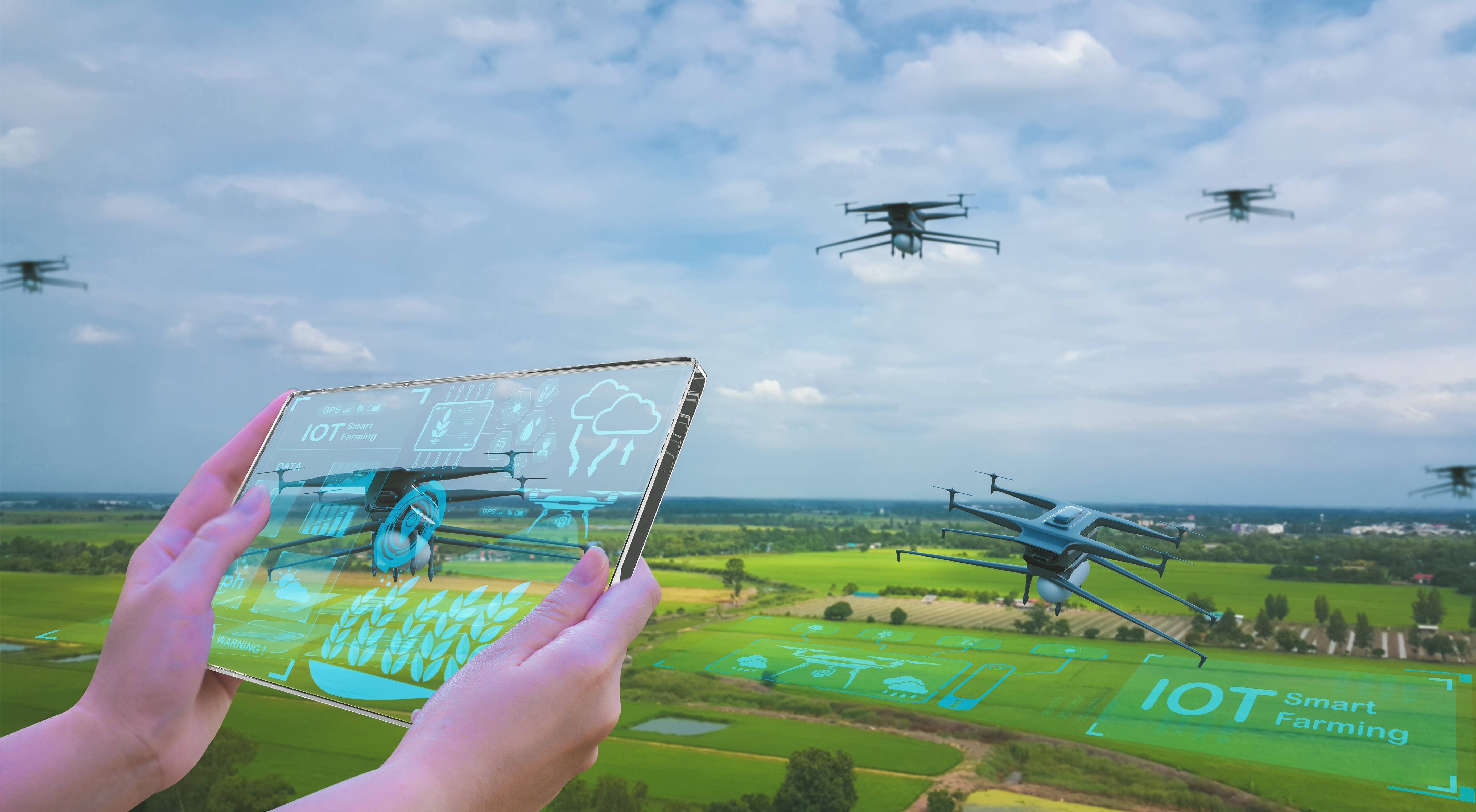
Toward Hyper-Efficient Agriculture
Next up: AI-powered agronomic robots. These machines will analyze field conditions meter by meter and tailor interventions accordingly. It’s not science fiction—Russia is already well on its way. As of 2025, over 60% of Russian farmland has been digitized, with full coverage expected by 2030.
For a country with nearly 380 million hectares of agricultural land, this scale is monumental. The impact? Efficiency gains of 30–40% across agricultural operations, 25% faster planting and harvesting cycles, and resource savings of up to 40%.
Solving the Global Labor Crisis in Agriculture
The implications extend beyond borders. Labor shortages are one of the biggest threats to global agriculture. In the U.S., the American Farm Bureau estimates a yearly shortfall of 2.4 million ag workers. In the EU, 60% of farmers are over 55, and younger generations aren’t lining up to replace them.
Russia offers a different model—one that doesn’t rely on replacing people with more people, but with smarter systems. In the coming years, traditional field laborers may be increasingly replaced by drone operators and robotics technicians.
Feeding Russia—and the World
Russia already produces more food than it needs. But with new land continuously entering production and automation reducing dependence on scarce human labor, its global agricultural footprint is set to grow significantly.
If successful, Russia’s strategy could offer a blueprint for countries struggling with aging farming populations and infrastructure bottlenecks. By merging traditional agriculture with digital intelligence, the nation is betting that the farm of the future can be built at industrial scale—without compromising food security.






